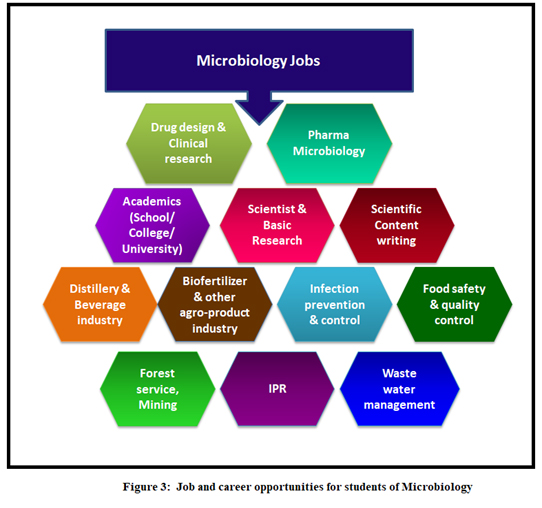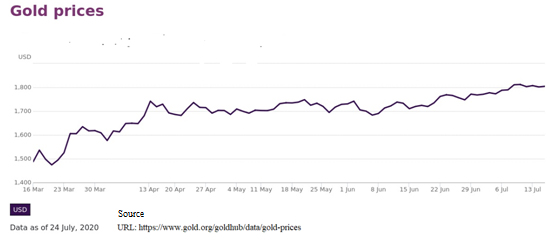Background of the Chemophobia:
Usually, people feel an intense association with the natural world. E. O. Wilson named this perception biophilia as: ‘the urge to affiliate with other forms of life’. That logic of association fetches great passionate satisfaction, which can decrease levels of ire, nervousness and agony. However, this conscious biophilia lately has procreated an extreme variant: Chemophobia, a reflexive denial of current synthetic chemicals.
Chemophobia is a consequence of the modern ecological drive, specifically following the publication of the book Silent Spring by Rachel Carson in 1962, which had vilified chemicals as “the sinister and little-recognized partners of radiation… entering into living organisms passing from one to another in a chain of poisoning and death”. This book has helped to promote unleaded petrol, the Clean Air Act, the banning of DDT, and other hugely important environmental benign developments. Conversely, even as much of the world became biophilic or cleaner, the anti-chemical movement became so intensified that almost all synthetic chemicals are now considered harmful. This false hypothesis has led to a rise in demand for products that are ‘natural’ or even ‘chemical-free’.
Analysis of situation:
A picture of a random scene: A company brings a new shampoo into the market, advertises it as being made of ‘all natural ingredients’, and also devoid of ‘chemicals’. Immediately, sales of the shampoo sore very high since general public rush to buy the product ignoring a simple logic that no shampoo can be chemical free.
In reality, ‘natural’ products are customarily more chemically complex than anything we can synthesize in the laboratory. Chemophobia continues to wonder us with the ludicrousness of its manifestations. Consumers from European countries aspire to live in a world where chemical substances do not exist. They do everything they can to avoid contact with “chemical substances” in their daily life and chemical substances scare them.
There was a time when chemistry stimulated assurance. People appreciated it and put hope in it. In his novel Fécondité (1899; Fruitfulness), the famous French writer Emilee Zola depicted his hero ‘Mathieu Froment, a deprived but diligent proud father of twelve children who voiced a noteworthy conviction in the ability of chemistry to help the mankind: “Even if the world should become densely populated, even if food supplies, such as we know them, should fall short, chemistry would extract other means of subsistence from inorganic matter”.
Natural vs. Synthetic Chemical:
The distinction between natural and synthetic chemicals is not merely ambiguous, it is non-existent. The fact that an ingredient is synthetic does not automatically make it dangerous, and the fact that it is natural doesn’t make it safe. Botulinum, produced by bacteria that grow in honey, is more than 1.3 billion times as toxic as lead and is the reason why infants should never eat honey. A cup of apple seeds contains enough natural cyanide to kill an adult human. Natural chemicals can be beneficial, neutral or harmful depending on the dosage and on how they are used, just like synthetic chemicals. Whether a chemical is ‘natural’ should never be a factor when assessing its safety. Misconceptions about natural versus synthetic compounds can have devastating consequences. The anxiety over formaldehyde is a telling example. Formaldehyde occurs naturally in fruits, vegetables, meat, eggs and foliage. It is found in high concentrations in Peking duck (120 ppm), smoked salmon (50 ppm), and processed meats (20 ppm) as a normal result of traditional curing processes. It is found at levels of around 2 ppm in a healthy human body, where it plays an important role in the production of DNA. Formaldehyde is also used in various industries as a preservative. People automatically accept the many ‘natural’ sources of formaldehyde that are present all around, but minuscule traces of ‘artificial’ formaldehyde in vaccines and cosmetics have caused public outcry – even though all formaldehyde is chemically exactly the same: CH2O. Vaccines also contain tiny amounts of formaldehyde. Concern about ‘artificial’ formaldehyde is one reason some people avoid vaccinations, even though the level of formaldehyde found in a vaccine (100 µg) is 80 times less than in a single pear (12,000 µg).
Chemophobia: How to tackle it?
Ultimately, conversation might be the best way to solve Chemophobia. Whether that conversation is BASF opening its labs to environmental campaigners so they can see what safety systems are in place, or teaching undergraduates that xantham gum comes from bacteria, yet is used as a thickener in cooking quite safely, part of the conversation is accepting people’s fears. This is also one of the possible answers to the problem of Chemophobia, as the findings of recent surveys confirm the rise of irrational desires and the existence of fundamental gaps in basic chemical knowledge.
Following points should be communicated to general public to evade this phobia:
- Chemicals are only chemicals, and their source is immaterial to theircharacteristics, provided of course that they are pure. They can be extracted from a natural resource, or synthesized industrially – it makes no difference
- Any chemical would be harmful to a person if one consume or breathe in enough of them – it’s the dose that matters. For example protein can be poison if snake bites and push sufficient amount of it to the victim’s body.
- Chemicals reinforce much of our modern way of living.Many chemicals are imperative for our civilization to function – taking them away would send us at least 5000 years back.
- Post 1960 onwards, production of chemicals and its usage in every sector of human life are pretty strictly regulated by several regulatory authorities.Chemicals used in bulk to manufacture goods, foods, pharmaceuticals and cosmetics are well-characterized and their use is tightly controlled.
Contributions of Chemists
The increased presence of chemists in public spaces and their active participation in chemistry communication will also have a positive effect on the identity of chemists. Chemists, together with the sum of chemical knowledge, are the biggest asset of chemistry.
However, society as a whole is exposed to a fundamental threat too, because chemistry and chemists are essential to its dignified life. The Royal Society of Chemistry says: “People’s views of chemicals do not impact their view of chemistry or chemists. But if chemists talk about chemicals all the time, especially in trying to combat inaccuracies in the views of others – we risk activating existing fears.”
There’s a great appetite for science out there, we shouldn’t assume that people aren’t interested in what chemists get up to and we certainly shouldn’t fear a negative reaction from the public. If we don’t fill the void in public perceptions of chemistry then we run the risk of something – that we don’t control and we don’t like – filling it for us.
References:
- There’s no such thing as ‘chemical-free’ food! Video exposes idiotic fad for describing products as being natural or chemical by Victoria Woollaston (07:01 EST, 23 July 2015). Even the Daily Mailcalls it an “idiotic fad” (archived from October 26, 2015)
- https://www.rsc.org/news-events/opinions/2015/jul/chemophobia-mark-lorch/
- Chalupa R, Nesměrák K. Chemophobia versus the identity of chemists: heroes of chemistry as an effective communication strategy. Monatshefte fur Chemie. :1-9.













